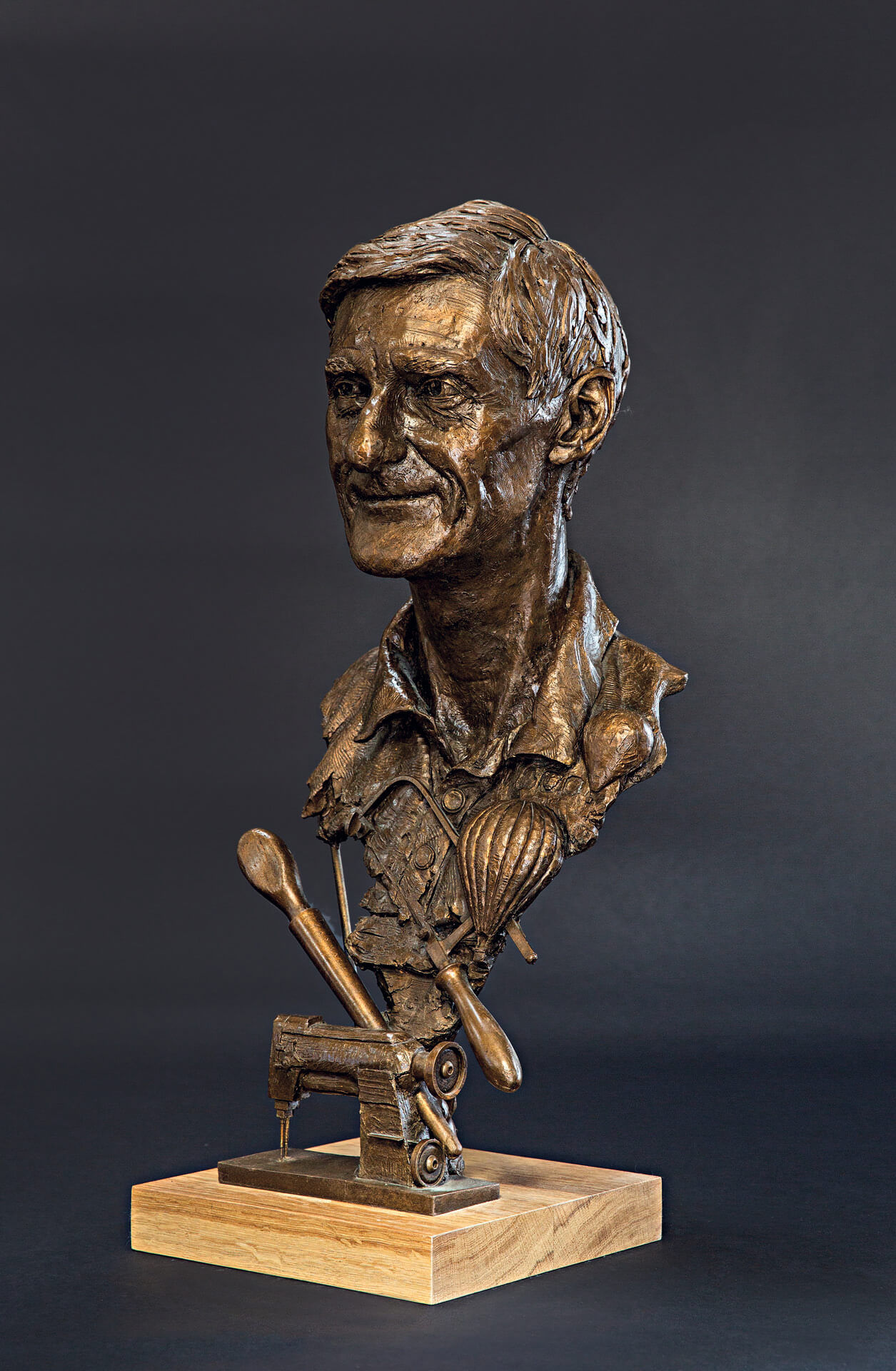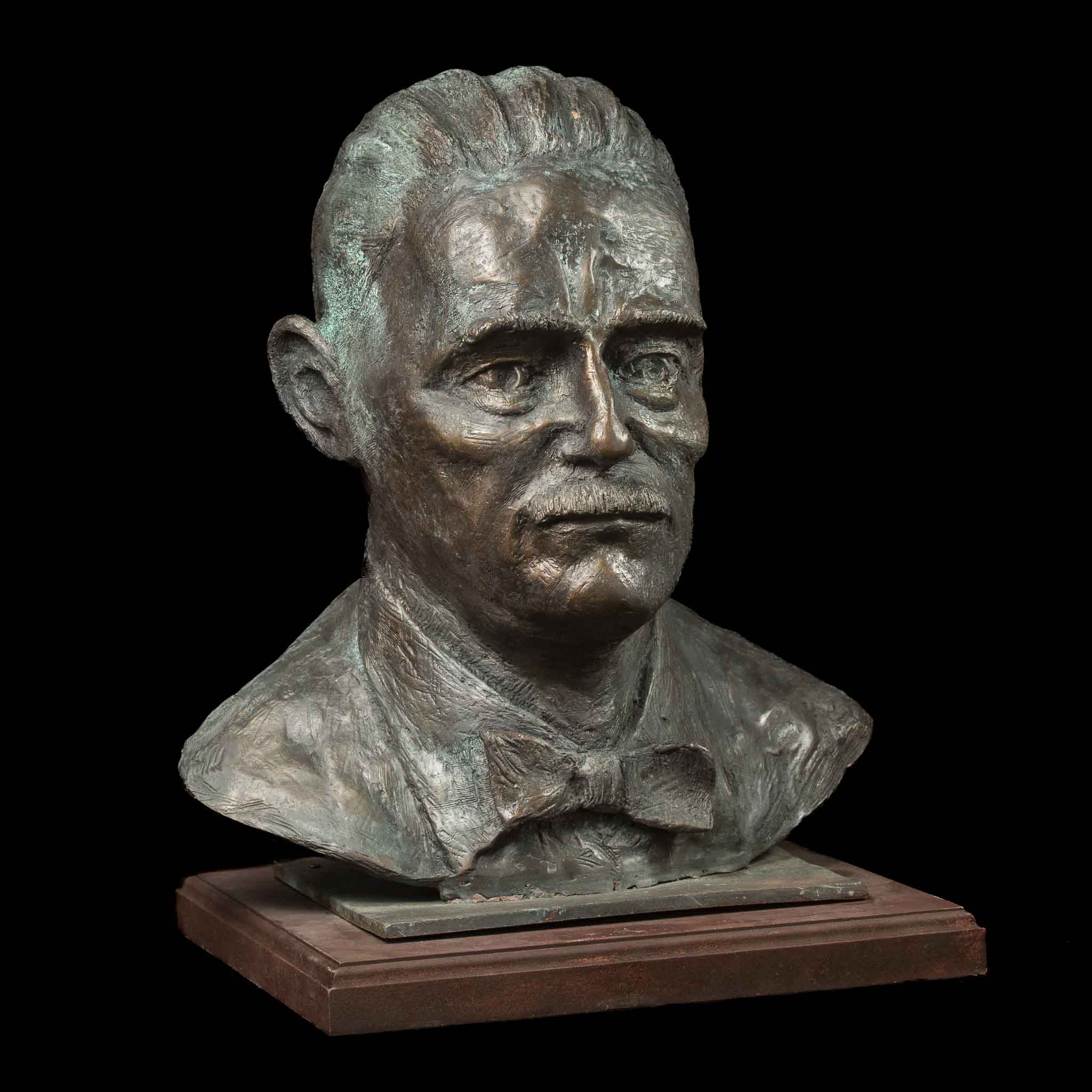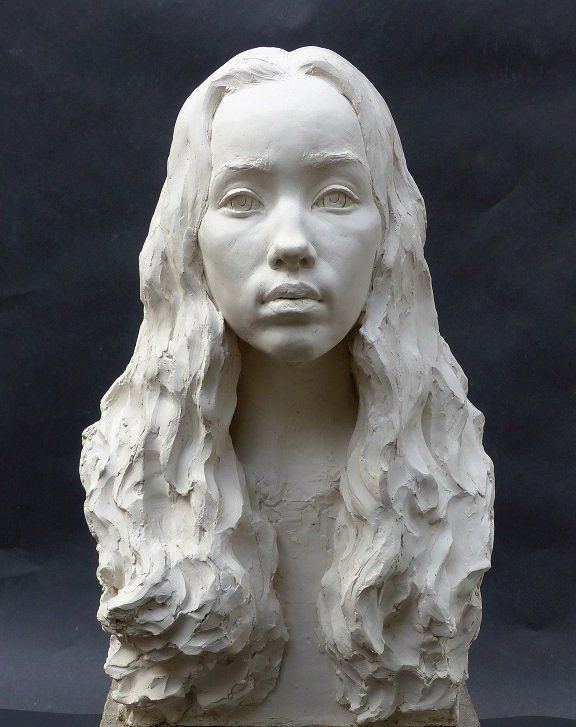Shaping the Human Kind: Portrayals of the Body in Sculpture
Forming the Human Type: Representations of the Body in Sculpture is a comprehensive exploration of the creative depiction of the human body throughout background. From the charming marble sculptures of old Greece to the intricate masterpieces of the Renaissance, from the flamboyant and elaborate Baroque and Rococo sculptures to the avant-garde and abstract expressions of modern and contemporary sculpture, this exhibit supplies a captivating journey with the development of this classic art kind.
Old Greek Sculptures

Among the specifying qualities of Ancient Greek sculptures is their focus on proportion. Each part of the body is thoroughly crafted to be in percentage to the whole, producing a feeling of equilibrium and harmony. The carvers paid mindful attention to every detail, from the positioning of muscular tissues to the positioning of limbs, ensuring that each number appeared both effective and elegant.
The Greeks also valued the idea of idealized elegance. Instead of illustrating the blemishes and defects of the human kind, they looked for to develop an idealized variation of fact. The sculptures frequently represented athletes, sirens, and gods, with their bodies sculpted to perfection. Equine Sculptures. This idealized representation of the human kind not only popular physical charm but likewise acted as a way of motivating and uplifting the customer.
Renaissance Masterpieces
Continuing the exploration of the representation of the human kind in sculpture, Renaissance work of arts further fine-tune the idealized concept of charm, building upon the in proportion and unified percentages of their Old Greek precursors. Throughout the Renaissance duration, which spanned from the 14th to the 17th century in Europe, artists sought to revive the classical ideals of ancient Greece and Rome. They studied and imitated the works of the ancient masters, aiming for a sensible depiction of the human body.
One of the most distinguished Renaissance carvers was Michelangelo Buonarroti. His work of art, the sculpture of David, exhibits the excellence and elegance that came to be identified with Renaissance art. Standing at over 17 feet high, the sculpture represents the biblical hero in a state of calm before his battle with Goliath. David's muscular physique, recorded with outstanding information, discloses the musician's proficiency of human composition.
Another noteworthy Renaissance artist was Donatello. His sculpture of Saint George, produced in the early 15th century, showcases the musician's capacity to convey toughness and the aristocracy through the human type. The statue illustrates the epic dragon-slaying saint in a poised and confident position, emanating a sense of heroism.
Renaissance masterpieces not just celebrated the physical beauty of the body however also shared deeper meanings and feelings. Through their thorough interest to detail and skilled workmanship, Renaissance sculptors boosted the art of sculpture to new elevations, leaving an enduring legacy that remains to inspire musicians to today.
Baroque and Rococo Sculpture
Rococo and baroque sculpture exemplifies the elaborate and luxurious portrayal of the human type throughout the 17th and 18th centuries. Artists such as Gian Lorenzo Bernini and Alessandro Algardi produced sculptures that conveyed motion, frequently showing figures in significant positions.
Rococo sculpture, on the other hand, arised as a response to the grandiosity of the Baroque duration. They commonly represented numbers in stylish and sensuous postures, mirroring the easy going and whimsical nature of the Rococo style.
Both Baroque and Rococo sculpture placed a terrific emphasis on the human form, celebrating its elegance and revealing a variety of emotions - Equine Sculptures. Whether it was the powerful and dynamic figures of the Baroque or the elegant and captivating numbers of the Rococo, these sculptures caught the essence of the human experience, leaving a long lasting effect on the art world
Modern and Contemporary Sculpture
The evolution of sculpting the human kind proceeds in modern and modern sculpture. With the introduction he has a good point of brand-new products and techniques, musicians have pushed the limits of representation, testing conventional notions of type and beauty. Modern sculpture arised in the late 19th century as an action to the changing political and social landscape. Artists such as Auguste Rodin and Constantin Brancusi looked for to catch the significance of the human type, stressing feeling and motion. Rodin's "The Thinker" and Brancusi's "Bird precede" are legendary examples of this duration.
In the 20th century, the increase of abstraction and theoretical art brought brand-new possibilities for sculptors. Artists like Henry Moore and Barbara Hepworth explored the partnership between form and room, producing abstracted and natural figures that tested traditional concepts of representation. Moore's huge bronze sculptures and Hepworth's sculpted rock works are celebrated for their ingenious use products and their capacity to stimulate a feeling of the body in a non-literal way.
Contemporary sculpture continues to push the limits of depiction and discover brand-new products and techniques. Artists like Antony Gormley and Ron Mueck create hyper-realistic sculptures that challenge our perception of the human body, while others, such as Louise Bourgeois and Kiki Smith, utilize the body as a metaphor for cumulative and personal experiences. The human type stays an effective topic in sculpture, supplying a system for musicians to check out identification, feeling, and the human problem.
Cultural Point Of Views on the Body

In the exploration of sculpting the human form, the evaluation of cultural perspectives on the human body reveals a varied and rich tapestry of interpretations and representations. Throughout background, various cultures have actually held one-of-a-kind ideas and values concerning the human body, causing distinctive imaginative expressions - Figurative Sculptures. These social point of views shape the method the body is depicted and viewed in sculpture, mirroring social norms, religions, and visual perfects
For instance, ancient Greek sculptures commemorated the idyllic human type, highlighting physical appeal and athleticism. In comparison, old Egyptian sculptures focused on the preservation of the body in the afterlife, depicting figures with inflexible stances and idyllic functions.
In a similar way, social viewpoints on the body in African art commonly highlight common identity and spiritual beliefs (Equine Sculptures). Sculptures from numerous African cultures portray the human body with overstated functions, symbolizing ancestral links and cultural values. Aboriginal societies in the Americas also have unique viewpoints on the human body, often showing it in a spiritual context and stressing the connection between human beings and nature
The evaluation of cultural viewpoints on the human body in sculpture allows us to obtain insight right into the worths, beliefs, and appearances of various societies throughout background. It highlights the diversity of human experiences and the ways in which art shows and shapes our understanding of the human kind.

Verdict
To conclude, the portrayal of the human body in sculpture has developed over time, showing different social point of views and artistic movements. From the idealized numbers of Ancient Greek sculptures to the realistic and stirring Renaissance work of arts, and the intricate information of Baroque and Rococo sculptures, to the abstract and experimental kinds of contemporary and contemporary sculpture. The human body has actually been a topic of fascination and creative exploration throughout background, showcasing the diverse analyses and expressions of the human form.
Forming the Human Type: Representations of the Body in Sculpture is a detailed exploration of the creative representation of the human body throughout background. From the charming marble sculptures of ancient Greece to the detailed masterpieces of the Renaissance, from the elaborate and flamboyant Baroque and Rococo sculptures to the progressive and abstract expressions of contemporary and modern sculpture, this exhibit offers a fascinating journey via the development of this classic art kind. Artists like Antony Gormley and Ron Mueck develop hyper-realistic sculptures that challenge our assumption of the human body, while others, such as Louise Bourgeois and Kiki Smith, use the body as an allegory for cumulative and personal experiences. The human kind remains a powerful topic in sculpture, providing a system for musicians to explore identification, emotion, and the human condition.
From the idyllic figures of Old Greek sculptures to the realistic and emotive Renaissance work of arts, and the intricate information of Baroque and Rococo sculptures, to the abstract and experimental types of modern and contemporary sculpture.